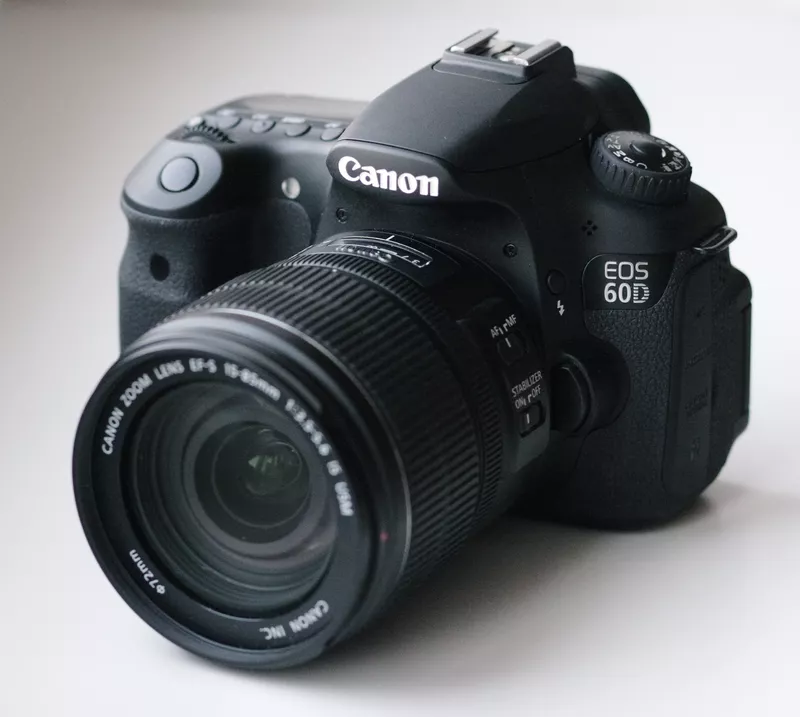
Image via Wikipedia
Getting started with digital photography can seem intimidating because of the price of cameras, lenses, and accessories. Moreover, the myriad of choices of brands adds to the complexity. Fortunately, there is a surprisingly simple solution to getting started.
When shopping for a camera, all of the newest models and technology are presented front-and-center, and so are the prices for this "latest and greatest" gear. While the latest technology does boast some impressive features, the fact remains that photographers were taking fantastic photos with the "latest and greatest" hardware 10 years ago, and that same hardware can still produce amazing results today (look up shots from an old model camera on Flickr for some examples). While advertisements highlight new models as way to take great photos, far more important are the following two guidelines:
- Get to know your gear - if you don't know the strengths and weaknesses of your camera, you won't be able to optimize the quality of the photos you take
- Go out and shoot - if you leave your camera at home, you definitely won't get any great shots
I'm most familiar with the Canon ecosystem, so I'll use examples from it, but the same applies to other popular brands as well. At the time of this writing, the Canon 60D was introduced over 12 years ago, and yet remains a very capable camera today. Unless you want to shoot a lot of video, most of the improvements in the 90D aren't that big of a deal, especially for an amateur, as outlined below.
Connectivity
Newer camera bodies have all sorts of integrated connectivity - Bluetooth, WiFi, NFC, etc. While these are convenient, simply connecting your SD card or CF card to your computer to transfer photos is also not difficult. Is this extra connectivity really worth it for your use case?
Dynamic Range
Newer bodies do have better dynamic range; this is a strong argument for upgrading if you frequently shoot scenes with a very wide dynamic range and would like to capture as many EVs as possible. However, in many cases, the (already pretty wide) dynamic range even on older bodies is perfectly sufficient.
Low-Light Performance
Recent technology advancements have dramatically improved the ISO range and ability to recover details out of shadows without creating a lot of noise. This is impressive. However another solution to low-light photography without excessive noise or slow shutter speeds is to use a flash to add light to the scene when there isn't enough natural light present.
Resolution
One of the most touted features of each new camera release is the number of megapixels. Advertisements seem to imply that the greater the number of megapixels, the better the image. However, you need to consider what you will be doing with your photos. Yes, if you are going to create large prints (e.g. greater than 16x20") then the number of megapixels becomes more important. However, if you plan on just making small prints or sharing photos online, smaller megapixel values are often sufficient (and also save on storage space).
Auto Focus
Auto focus systems have improved significantly with recent models, so if you are shooting a lot of fast-moving subjects, this may be a compelling reason to upgrade. However, if you are shooting more static scenes, the improved AF may not benefit you.
Example Used Gear Cost
Let's put this together to create an example kit using older used gear:
- Canon 60D - $245
- Canon EF-S 17-55mm f/2.8 - $360 - This lens covers a nice focal range and is fast enough at f/2.8 to cover situations with lower light levels
- Flashpoint Zoom TTL R2 - $90 - An inexpensive flash that can add light when there isn't enough natural light to avoid noise
- 77mm Circular Polarizer Filter with MRC - $40 - A circular polarizer is a critical tool to improve the color of skies and cut through polarized light outdoors. It's important to buy a high-quality filter (e.g. B+W, Hoya, or Breakthrough Photography brand) since you don't want to put a cheap, poor-quality filter in front of a high-quality body + lens
For around $750, a fraction of purchasing the equivalent brand-new gear, you can have a powerful system to get started on your photography journey. Yes, you can choose to upgrade later as you refine your skills, but at that point you'll have a better sense of which weak points of your current gear are limiting your shots and can choose new gear that optimizes those specific areas.
